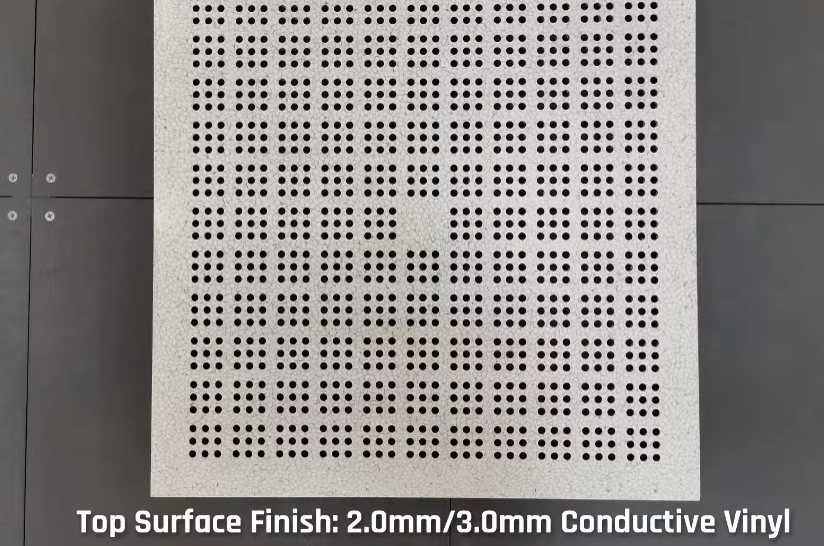Guide for the Low-profile Raised Floor
As a result of the progression of both science and technology as well as the progression of the times, intelligence has gradually made its way into a variety of office buildings. In office buildings, we are using an increasing number of electrical appliances. Because of this, raised floors are being installed in an increasing number of office buildings. However, in many cities, particularly those in countries like South Korea and Japan where land is extremely expensive. The height and the area of the office are both extremely restricted. The area is very limited. In the event that the raised floor is of a significant height, the occupancy rate of the office building will experience a significant drop. At this point in time, the advantages that our low-profile Aluminum Raised Floor provided by Titanfloor can be seen in their full measure.
What exactly is meant by the term "low-profile raised floor"?
What is meant by the term "raised floor"? Raised floors are also referred to as access floors in some contexts. We have the ability to raise the floors. The surface of the network Aluminum Raised Floor does not have any kind of covering on it. The floor surface by means of a conductive epoxy treatment. Steel plates are used for the raised floors at the top and bottom of the network raised floors, while foamed cement is used for the middle. On the network floor there is something called a low-profile raised floor. It is a floor with trunking that can be buckled. It represents a significant step forward and an innovation for the conventional network floor. They are designed by Titanflor specifically to have a low complete height. The low-profile raised floors have excellent electrical conductivity and are simple to wire because of their raised height.
Why should you use a raised floor with a low profile?
There is no need to say anything about the convenience that the network floor brings to our lives and the work that we do here; everyone must be aware of it. First and foremost, a low-profile raised floor has trunking for wiring, which helps to keep the line from looking cluttered. This is one of the benefits. Along the trunking, we are able to run virtually any type of wiring. Additionally, it makes the wiring easier to maintain, which is a huge plus. If you want to check something, you don't have to lift the floor—just open the trunking. Second, it has excellent conductivity and is lightweight, weighing only about half to two thirds as much as a conventional network floor would. We can install the low-profile raised floors at a very low height, which is the final and most important point.
How much lower can the installation of the low-profile raised floor go?
The installation of a raised floor with a low profile can result in significant space savings and an increase in the efficiency with which an office is used in many settings. The low-profile raised floor offered by Titanfloor can have a minimum height as low as 350 millimeters if desired. Our low-profile raised floors are an excellent choice for any kind of remodeling endeavor. Because the raised floor can be adjusted to level out any uneven floors and because it allows for a fully flexible working environment. The actions of moving, adding, and changing are not complicated and do not incur additional costs. Typically completed by members of the in-house staff, which results in significant cost and time savings. This makes it possible to personalize the check-in process and speeds it up, both of which are very important for any company. This low-profile raised floor will, in the future, provide fundamental security for the area, regardless of the requirements imposed by the environment.
The final word
The low-profile Aluminum Raised Floor has a wider range of install options, in addition to the benefits of an ordinary network floor. These install options include:The installation is made easier, and it has a lower impact on the surrounding ecosystem. At the moment, it enjoys a significant amount of popularity in Japan, Qatar, Bahrain, South Korea, and other nations.
